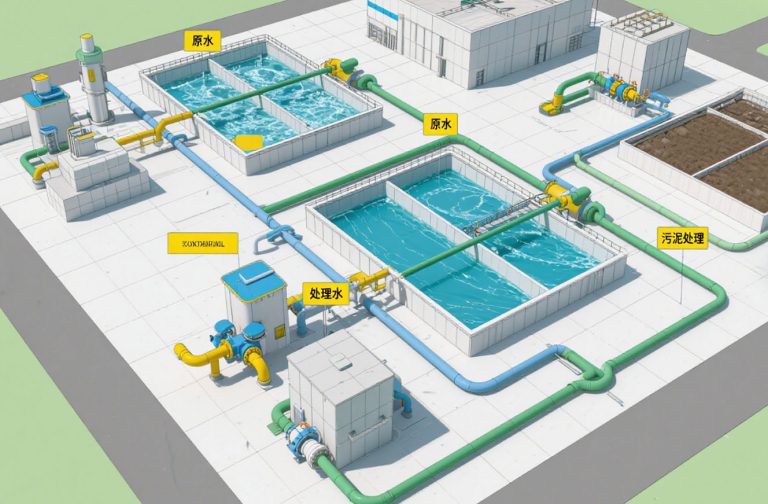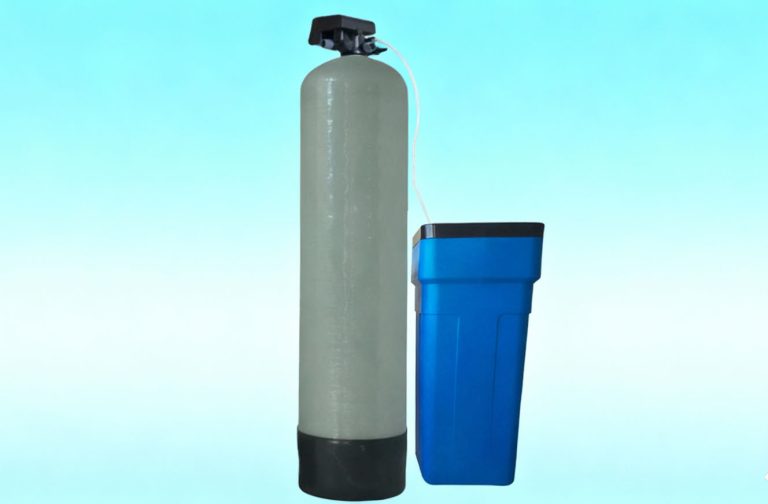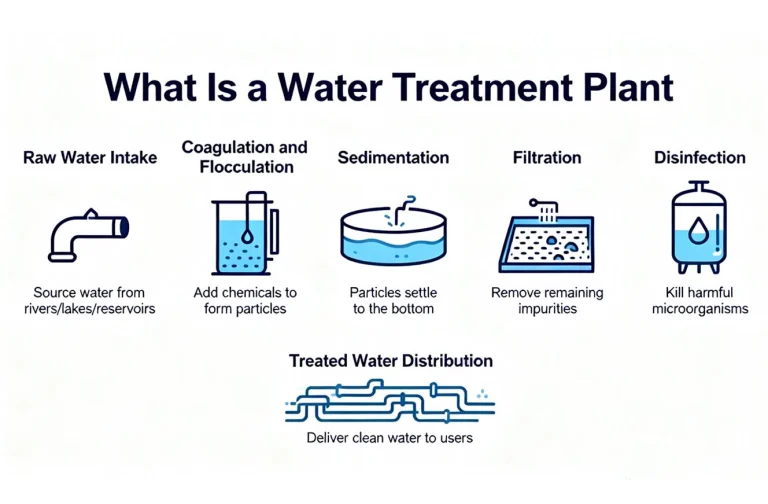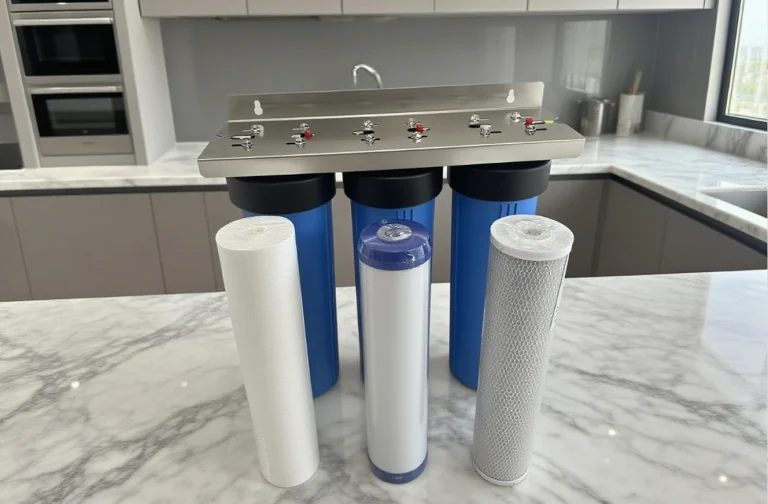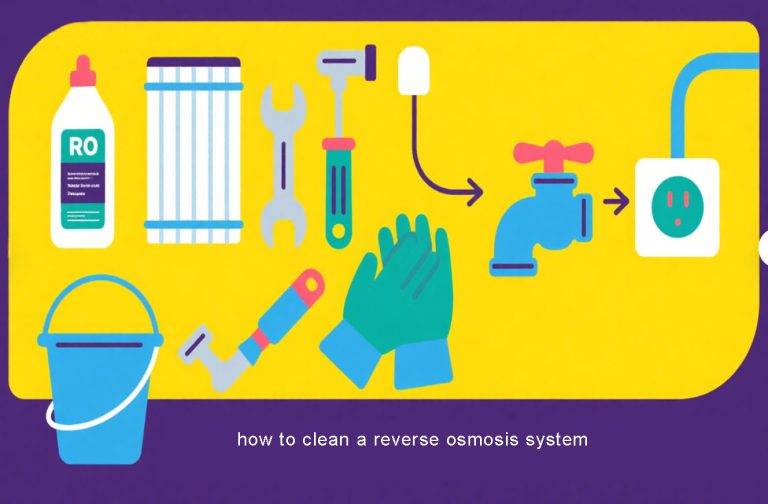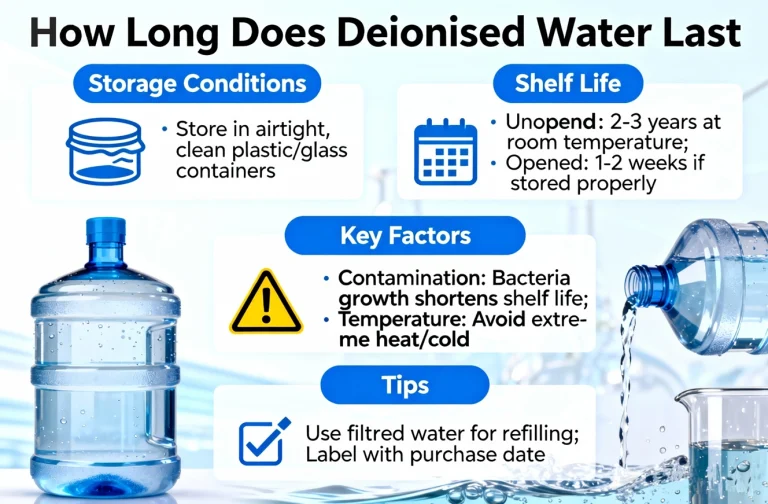BasideWT- Whole Home Water Filtration System & Replacement

How Much Water Does an RO System Waste?
Everyone wants clean, safe drinking water. Therefore, many homeowners choose Reverse Osmosis (RO) systems. However, a common question arises: do these RO systems waste a lot of water?
This concern is valid. Understanding the wastewater issue is key to making an informed decision. Let’s dive into the facts.
Demystifying the RO Wastewater Ratio
Simply put, yes, RO systems produce wastewater. But how much?
If you have 10 gallons of input water, you can generate 6 gallons of purified water (10 x 0.6) and 4 gallons of wastewater (10 x 0.4)
Key Factors Influencing RO System Waste
Why does the wastewater amount vary? Several elements are at play.
- Water Pressure: Low water pressure is a primary culprit. RO membranes need strong pressure to push water through. Insufficient pressure dramatically increases waste.
- Membrane Condition: A clogged or old membrane struggles to filter water. Consequently, the system uses more water to produce the same amount of purified water.
- Water Temperature: Cold water is thicker and flows slower through the membrane. Therefore, the system may generate more wastewater during winter.
- System Quality and Type: Advanced, modern RO units often include built-in regulators. These devices are designed specifically to minimize wastewater production.
Practical Strategies to Reduce RO Water Waste
You are not powerless. Here are five effective ways to cut down on waste.
- Choose a High-Efficiency Model: Look for systems with a low wastewater ratio.
- Install a Permeate Pump: This device is a game-changer. It boosts pressure to the membrane, significantly reducing wastewater and improving efficiency.
- Maintain Your System Regularly: Replace filters and membranes on schedule. A well-maintained system is an efficient system. Think of it like changing the oil in your car.
- Reuse the Drain Water (The Best Tip!): The “waste” water is not dirty with sewage; it’s just high in minerals. Collect it for useful tasks like watering plants, mopping floors, or washing your car.
- Check Your Home’s Water Pressure: Ensure your home’s pressure is adequate (typically 40-60 PSI). If it’s low, consider a booster pump.
The Environmental Perspective: Is the Waste Justified?
This is the core question. Is the waste worth the result?
Consider this trade-off. The system “wastes” some water to remove nearly all contaminants—lead, chlorine, fluoride, pesticides. You get exceptional purity. For many, this is a worthwhile exchange. Furthermore, by reusing the drain water, you can mitigate the environmental impact almost entirely.


